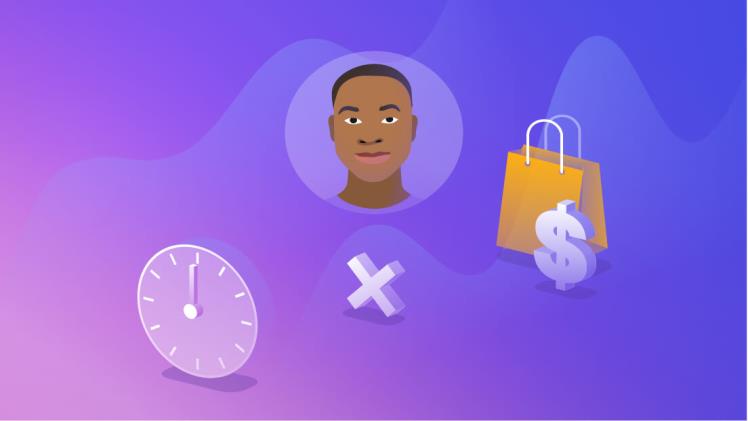In today’s highly competitive business landscape, building strong relationships with customers and maximizing their lifetime value is crucial for sustainable growth. Customer Lifetime Value (CLV) is a key metric that measures the total revenue a customer generates over their entire engagement with a business. By focusing on increasing CLV, companies can not only boost their profitability but also cultivate loyal customers who become brand advocates. In this article, we will discuss three essential steps to help businesses increase customer lifetime value.
Three steps for increasing CLV
Step 1: Enhance Customer Experience
The foundation of a high CLV lies in delivering exceptional customer experiences throughout their journey with your brand. A positive experience fosters customer loyalty and increases the likelihood of repeat purchases. Here are some strategies to enhance customer experience:
- Personalization: Tailor your interactions and offers to meet the needs and preferences of each customer. Utilize CRM to effectively manage and analyze customer data, gaining valuable insights into their behavior, purchase history, and preferences. By leveraging CRM capabilities, you can gather and analyze customer information, allowing you to provide personalized recommendations and targeted promotions. This level of personalization enhances the customer experience, fosters customer loyalty, and drives higher conversion rates. The integration of CRM systems enables businesses to deliver customized interactions and offers, creating a more engaging and relevant experience for each individual customer.
- Seamless Omnichannel Presence: Ensure a consistent experience across all channels, whether it’s your website, social media platforms, mobile apps, or physical stores. Customers should be able to switch between channels effortlessly while enjoying a cohesive brand experience.
- Proactive Customer Service: Prioritize proactive customer service to address issues before they escalate. Train your support team to anticipate customer needs, provide prompt responses, and exceed expectations. Emphasize effective communication and a customer-centric approach to problem-solving. You can even use robust project management software to be in constant touch with clients and keep them updated about how’s the project going.
Step 2: Nurture Customer Engagement
Active and engaged customers are likely to develop a long-lasting relationship with your brand, leading to increased CLV. Cultivating customer engagement involves building strong connections and encouraging ongoing interactions. Here are three effective strategies:
- Loyalty Programs: Implement loyalty programs that reward customers for their continued patronage. Offer incentives such as exclusive discounts, early access to new products, or personalized rewards. By making customers feel valued, you encourage repeat purchases and increase their loyalty.
- Content Marketing: Create valuable and engaging content that aligns with your customers’ interests. Develop a content strategy that includes blog posts, videos, social media content, and newsletters. Share industry insights, tips, and relevant information to position your brand as a trusted resource. Use the SSSTikTok tool to download videos from TikTok and use them in your content marketing campaigns.
- Community Building: Foster a sense of belonging by building a community around your brand. Encourage customers to connect with each other through forums, social media groups, or online communities. This allows customers to engage with like-minded individuals, share experiences, and develop a deeper affinity for your brand.
Step 3: Upsell and Cross-Sell
Maximizing CLV involves increasing the average order value and encouraging customers to explore additional products or services. Upselling and cross-selling are effective techniques to achieve this goal. Here’s how to approach them:
- Upselling: Identify opportunities to offer customers a higher-priced version of a product or service they are interested in. Highlight the added value and benefits they will receive by upgrading. Upselling not only increases revenue per transaction but also improves customer satisfaction by helping them make more informed purchasing decisions.
- Cross-Selling: Recommend complementary products or services that enhance the customer’s experience or solve related problems. Analyze customer purchase history and preferences to identify suitable cross-selling opportunities. For example, if a customer purchases a camera, offer them lenses, memory cards, or camera bags.
Conclusion
In a highly competitive market, increasing Customer Lifetime Value (CLV) is vital for the long-term success of any business. By implementing the three steps discussed in this article, companies can effectively enhance customer experiences, nurture engagement, and maximize revenue potential. Prioritizing personalized interactions, seamless omnichannel presence, and proactive customer service creates a positive customer experience, fostering loyalty and repeat purchases.

